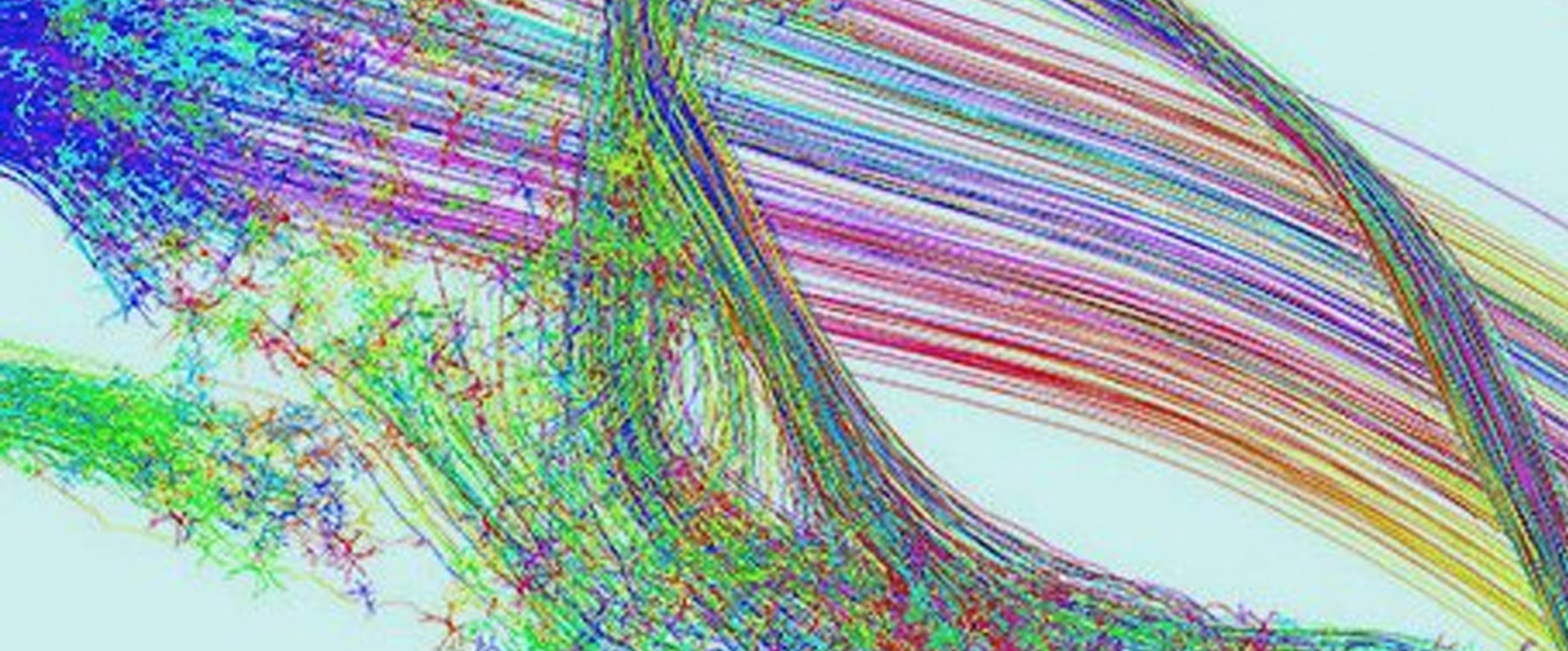Imagine you are in the middle of an unknown town. Even if your surroundings are initially unfamiliar, you can explore around and eventually create a mental map of your environment—where the buildings, streets, signs, and so on are in relation to one another. This ability to construct spatial maps in the brain is the basis of even more advanced types of cognition in humans: For example, it is theorized that language is encoded in a map-like structure in the brain.
For all that cutting-edge artificial intelligence and neural networks can do, they cannot build maps out of nothing.
“There’s this sense that even state-of-the-art AI models are still not truly intelligent,” says Matt Thomson, assistant professor of computational biology and Heritage Medical Research Institute Investigator. “They don’t problem-solve like we do; they can’t prove unproven math results or generate new ideas. We think it’s because they can’t navigate in conceptual space; solving complex problems is like moving through a space of concepts, like navigating. AIs are doing more like rote memorization—you give it an input, and it gives you a response. But it’s not able to synthesize disparate ideas.”
A new paper from the Thomson lab finds that neural networks can be designed to build spatial maps using a type of algorithm called predictive coding. The paper appears in the journal Nature Machine Intelligence on July 18.
